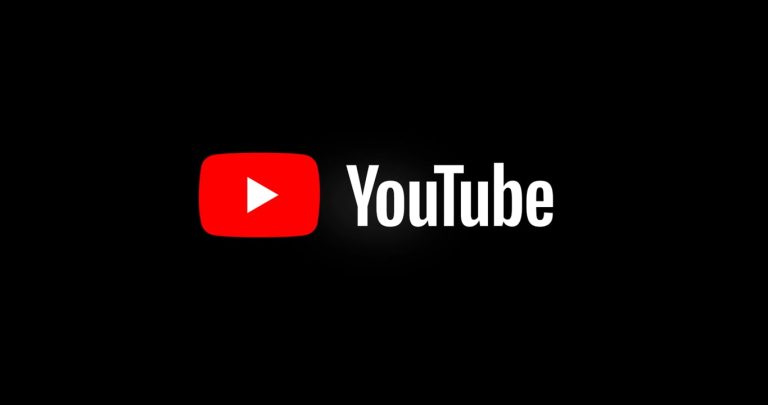The History of Facebook: From a College Dorm to a Global Tech Giant
Facebook is one of the most influential companies in the world, revolutionizing the way people connect, share, and communicate online. What started as a small project in a college dorm room has grown into a global tech empire. Here’s a look at the fascinating history of Facebook.

The Early Days: Facebook’s Founding
- 2004: The Birth of Facebook
- Facebook was founded by Mark Zuckerberg, along with his college roommates Eduardo Saverin, Andrew McCollum, Dustin Moskovitz, and Chris Hughes, while they were students at Harvard University.
- Initially called “TheFacebook”, the platform was launched on February 4, 2004, as a social networking site exclusively for Harvard students.
- The idea was to create a platform where students could connect, share information, and build profiles.
- Expansion to Other Universities
- Within months, Facebook expanded to other Ivy League universities, such as Stanford, Columbia, and Yale.
- By the end of 2004, it was available to most universities in the United States and Canada.2005-2006: Going Global and Opening to the Public
2005: Dropping “The” and Expanding
The company dropped “The” from its name and became simply Facebook.
Facebook expanded to high school students and later to international universities.
2006: Opening to Everyone
In September 2006, Facebook opened its doors to anyone aged 13 and older with a valid email address.
This marked the beginning of Facebook’s transformation into a global social media platform.
2007-2012: Rapid Growth and Innovation
2007: Introduction of the News Feed and Platform
Facebook launched the News Feed, which became the central feature of the platform, showing users updates from friends and pages they followed.
The Facebook Platform was introduced, allowing developers to create apps and games for the platform.
2008: Reaching 100 Million Users
Facebook hit 100 million users and introduced the “Like” button, which became a defining feature of the platform.
2012: IPO and Acquiring Instagram
Facebook went public with its Initial Public Offering (IPO) in May 2012, becoming one of the largest tech IPOs in history.
The same year, Facebook acquired Instagram for $1 billion, marking the beginning of its expansion into other social media platforms.
2013-2018: Expanding the Empire
2014: Acquiring WhatsApp
Facebook acquired WhatsApp, a popular messaging app, for $19 billion, further expanding its reach in the global communication market.
2016: Focus on Video and Virtual Reality
Facebook introduced Facebook Live, allowing users to stream live videos.
The company also invested heavily in virtual reality through its acquisition of Oculus VR.
2018: Cambridge Analytica Scandal
Facebook faced a major controversy when it was revealed that the data of millions of users had been improperly shared with Cambridge Analytica, a political consulting firm.
This led to increased scrutiny of Facebook’s data privacy practices.
2019-Present: Rebranding and Metaverse Vision
2021: Rebranding to Meta
In October 2021, Facebook announced a major rebranding, changing its parent company name to Meta.
The rebrand reflected the company’s focus on building the metaverse, a virtual reality space where users can interact, work, and play.
2022-2023: Challenges and Innovations
Meta continues to face challenges, including competition from platforms like TikTok and regulatory scrutiny over data privacy and antitrust issues.
Despite these challenges, Meta remains a leader in social media, virtual reality, and artificial intelligence.
Key Milestones in Facebook’s History
2004: Founded by Mark Zuckerberg and his Harvard roommates.
2006: Opened to the general public.
2012: Went public with its IPO and acquired Instagram.
2014: Acquired WhatsApp.
2021: Rebranded to Meta and announced its metaverse vision.
Conclusion
From its humble beginnings in a college dorm to becoming a global tech giant, Facebook’s journey is a testament to the power of innovation and connectivity. Today, as Meta, the company continues to shape the future of technology, communication, and virtual reality.


